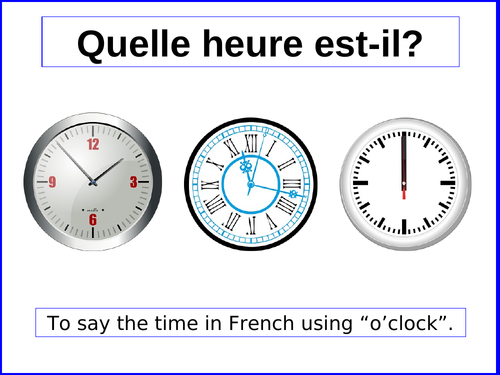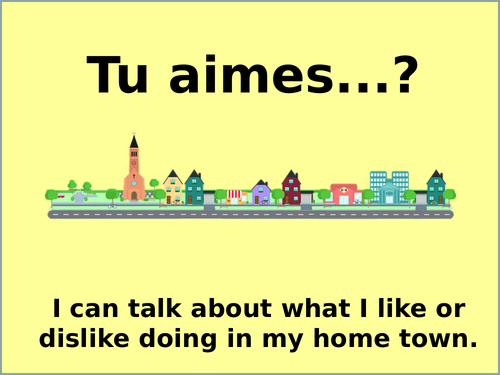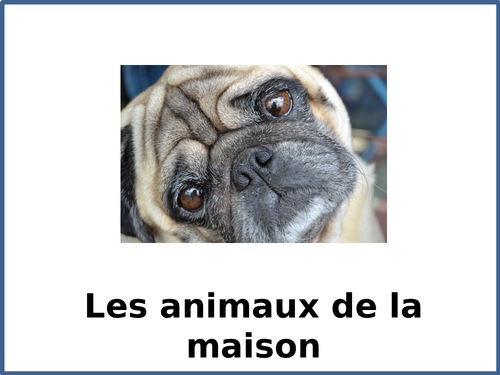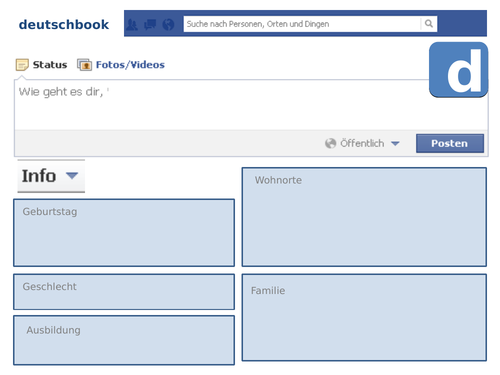All proceeds donated to our partner school in Sierra Leone
Each of the resources uploaded here are the ones that I have had the most fun or success teaching, or, if I have created them specifically for my shop, it is with a mind to what I know children will like. Whenever I have finished creating them I feel a sense of excitement, as I know the lessons will engage. Teaching and learning should be fun for adults and children alike. When children are comfortable, they are most receptive to learning. I hope that this shop and resources reflect that ethos.














